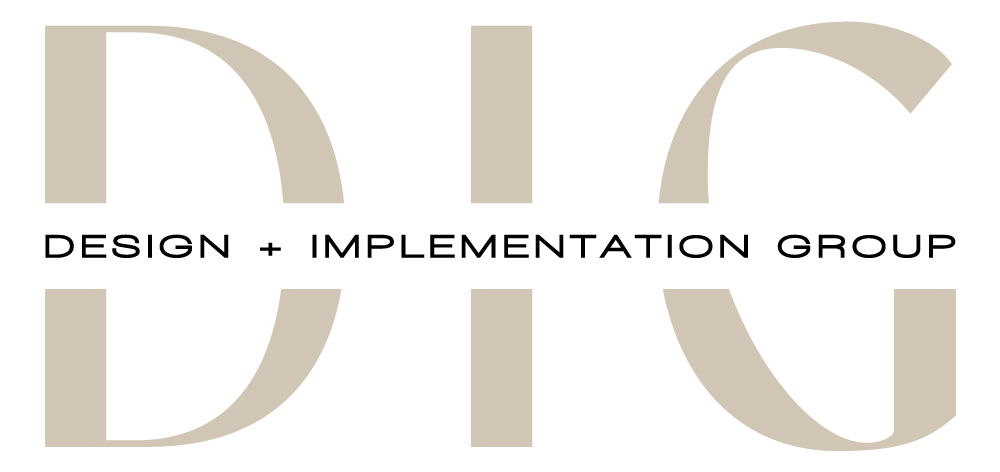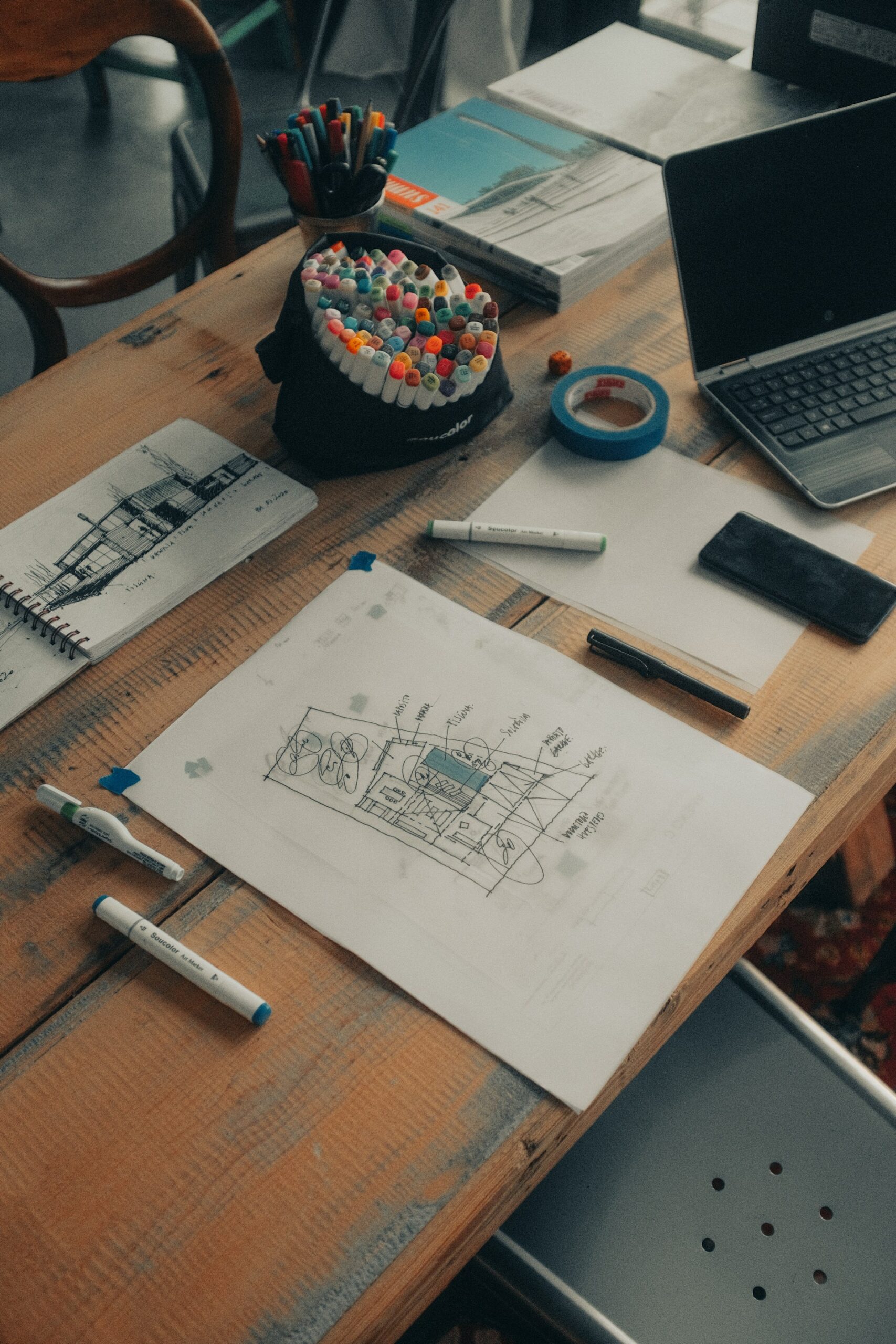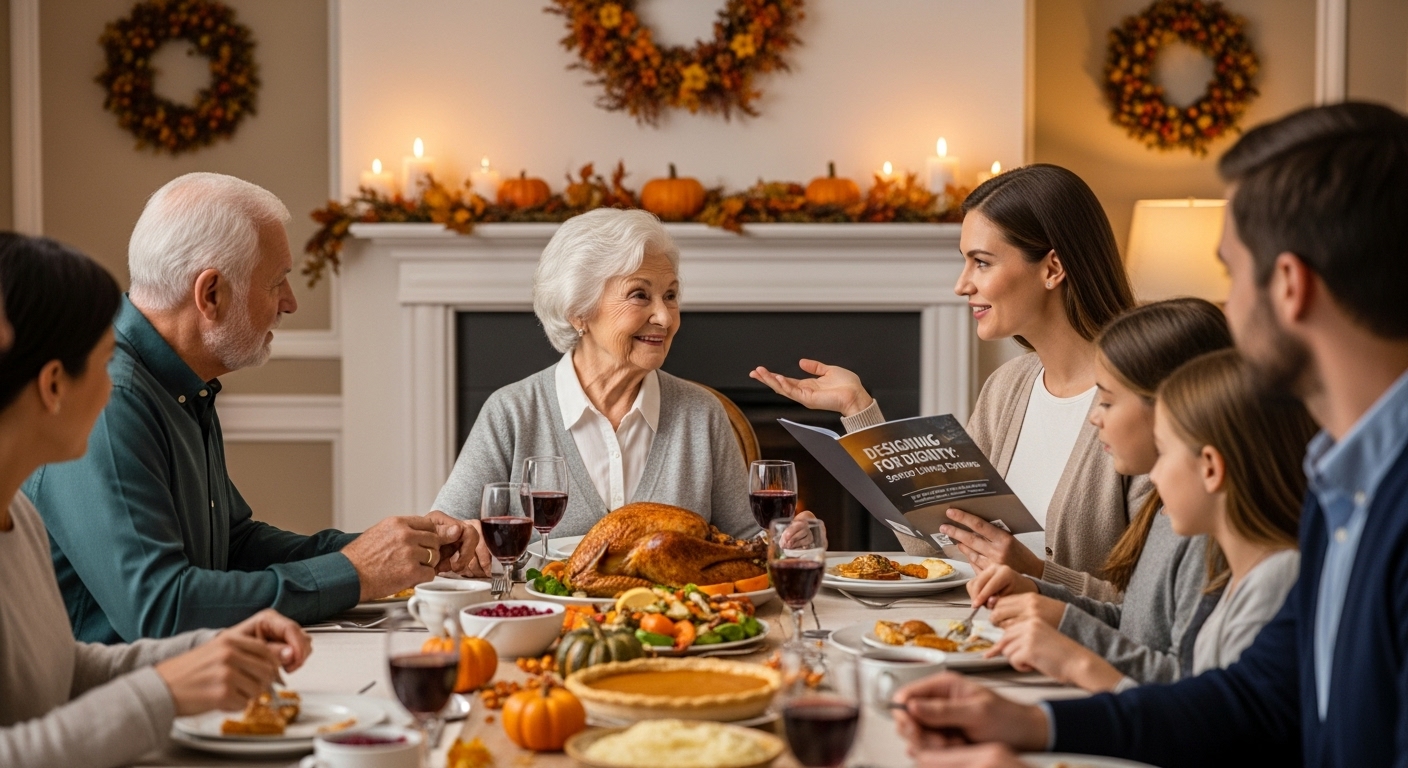Interior design is an intricate blend of art and science. It involves more than just selecting colors and arranging furniture. It’s about creating spaces that are not only aesthetically pleasing but also functional and conducive to enhancing the quality of life for those who use them. It’s about creating an ambiance that reflects the personality of the inhabitants while also meeting their comfort and functionality needs. At the core of this complex process lies the role of the interior designer, a professional whose fundamental responsibility is to meticulously plan and coordinate every detail of a design project.
The Planning Process
The planning stage is a critical part of any interior design project. It is during this phase that the designer lays the foundation for the entire project. This involves gaining a profound understanding of the client’s needs and preferences, conducting a thorough analysis of the space, and finally, formulating a design concept that encapsulates the vision for the space.
Understanding the Client’s Needs
Every design project commences with the client. The interior designer must delve into understanding their lifestyle, preferences, tastes, and needs. This involves a series of meetings and in-depth discussions to ensure that the designer has a clear and comprehensive idea of what the client wants. It’s about understanding the client’s vision for the space, their preferences in terms of style, color, and materials, and their functional needs in terms of space utilization.
Analyzing the Space
After gaining insight into the client’s needs, the next step involves a detailed analysis of the space. This involves taking accurate measurements, studying the architectural features, understanding the light sources, and considering any existing elements that need to be incorporated into the design. This step is crucial as it helps the designer to identify potential challenges, plan for space optimization, and ensure that the design enhances the space’s strengths while minimizing its weaknesses.
Developing a Design Concept
With a clear understanding of the client’s needs and a detailed analysis of the space, the designer is now equipped to develop a design concept. This is a broad idea of what the space will look like, and it serves as the guiding vision for the entire project. It includes a proposed color scheme, selection of materials, furniture style, and layout. The design concept also takes into account aspects such as lighting, accessories, and artwork that will complement the overall design.
The Coordination Process
Once the planning phase has been meticulously executed, the coordination process commences. This is the stage where the design concept is brought to life – where the vision becomes reality.
Sourcing Materials and Furniture
The initial part of the coordination process involves sourcing the materials and furniture specified in the design concept. The designer undertakes thorough research of suppliers, comparing prices, and ensuring that everything fits within the budget. The designer also ensures that all materials and furniture not only align with the design concept but also meet the quality standards.
Overseeing Installation
After the materials and furniture have been sourced, the designer oversees the installation of all elements, from paint and wallpaper to furniture and lighting. This is a crucial step as it ensures that everything is installed correctly and according to the plan. The designer coordinates with various professionals such as contractors, painters, and electricians, to ensure that the design is accurately implemented.
Reviewing the Finished Space
The final step in the interior design process is for the designer to review the finished space with the client. This is the opportunity for any last-minute adjustments and fine-tuning. It’s a chance to make sure that every detail aligns with the design concept and meets the client’s expectations. Once the client is happy and the designer is satisfied that their vision has been accurately brought to life, the project is considered complete.
As this article demonstrates, the role of an interior designer extends far beyond aesthetics. It’s about meticulous planning and coordination, a deep understanding of the client’s needs, and the ability to transform spaces in a way that enhances quality of life. It’s a profession that requires a blend of creativity, technical knowledge, attention to detail, and a deep understanding of people and spaces. The interior designer is a master coordinator, a visionary, and an artist, all rolled into one.





